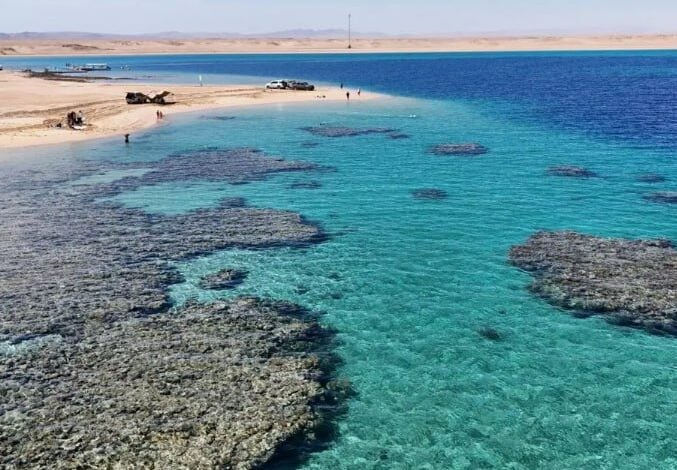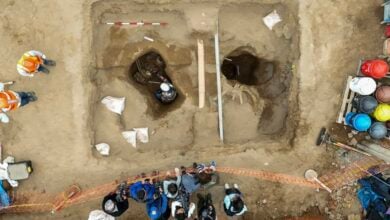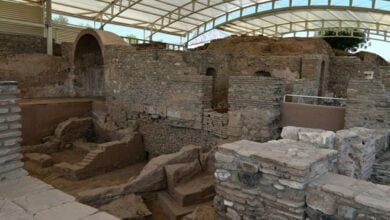Ancient Human Migration Routes Revealed Beneath the Sea

Ancient Human Migration Routes Revealed Beneath the Sea
———————————-
New research has uncovered ancient landscapes submerged beneath rising seas that once served as migration pathways for early humans, Earth.com reported. Termed “aquaterra” by Professor Jerome Dobson of the University of Kansas, these now-submerged lands connected Africa and Eurasia during the last ice age.
Using advanced Glacial Isostatic Adjustment models and the SELEN4 sea-level reconstruction tool, Dobson and colleagues from the Universities of Bologna and Urbino mapped ancient shorelines across the Mediterranean, Red Sea, and Nile Valley. Their findings show that over 11% more land existed during the Last Glacial Maximum, exposing critical migration corridors.
The study identifies several routes early humans likely traveled, including crossings from Foul Bay to the Nile River, the Isthmus of Suez, the Gulf of Aqaba to the Levant, and the Bab el-Mandeb strait into Arabia. Genetic evidence points to northeast Sudan near Meroë as a key ancestral hub.
A notable hypothesis suggests a lost ancient port, “Berenice Aquaterra,” once existed at Foul Bay, now submerged beneath the Red Sea. The area’s dense coral reefs may have grown on submerged structures, indicating past human settlements.
Researchers call for underwater archaeological exploration of these sites to better understand early human migration and Egypt’s origins. The study was published in Comptes Rendus Géoscience.






